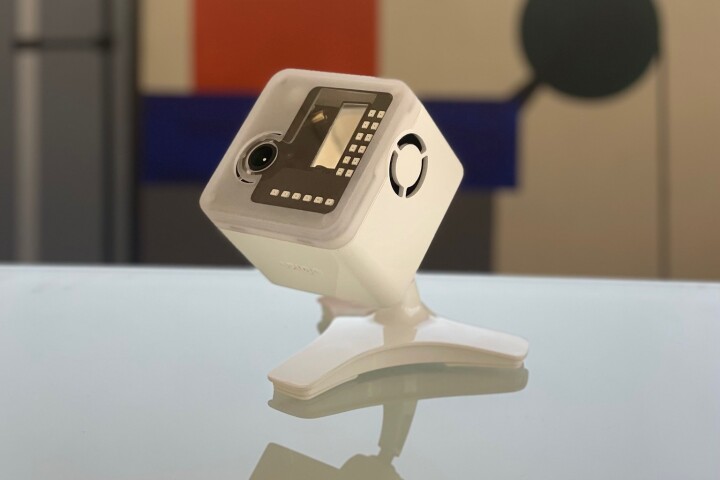 New Atlas revisits some of the weirdest science stories of 2024. Depositphotos View 11 Images –
New Atlas revisits some of the weirdest science stories of 2024. Depositphotos View 11 Images –
Chip for brains
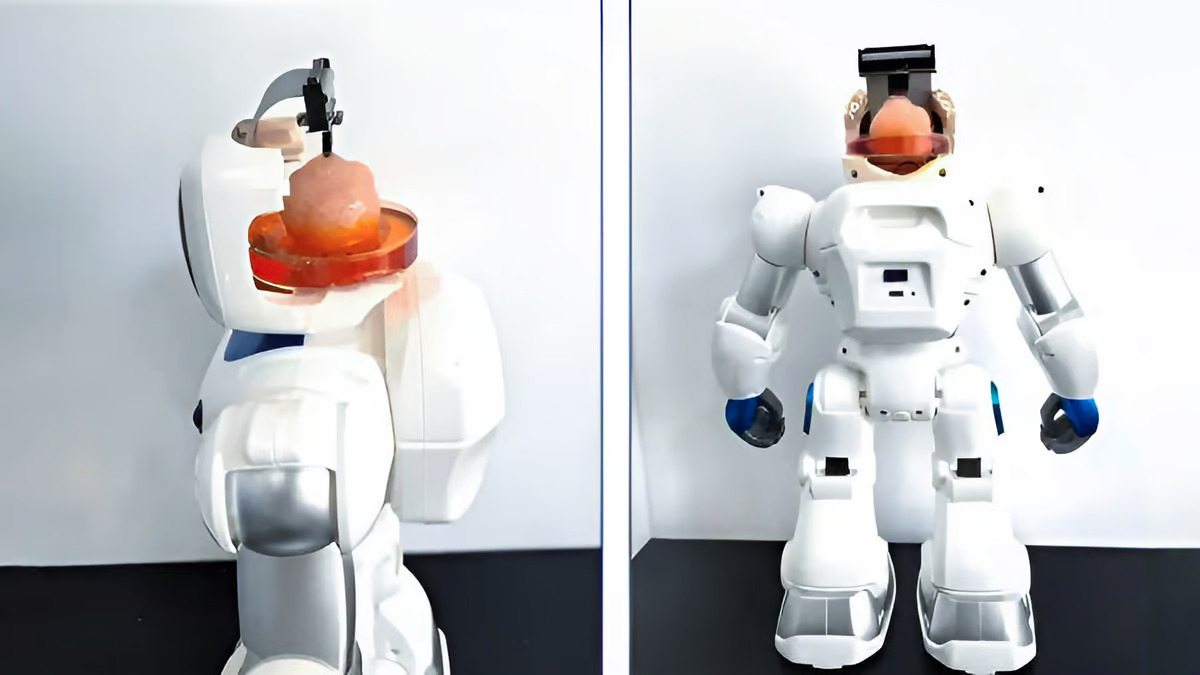
Nothing says “mad scientist” like sticking a human brain into a robot body – and that’s precisely what Chinese scientists plan to do in the near future.
It’s called the MetaBOC project, where “BOC” stands for “brain-on-chip.” It’s exactly what it sounds like: wads of brain cells are grown in the lab and wired into electronic chips, then trained to perform certain tasks though electrical signals. According to the team, they’re essentially ready to learn to drive humanoid robot bodies through trial and error, first through simulations and then real-world tests.
Maybe we’ll see the results of these experiments pop up on our list of weirdest science stories of 2025.
Face your demons
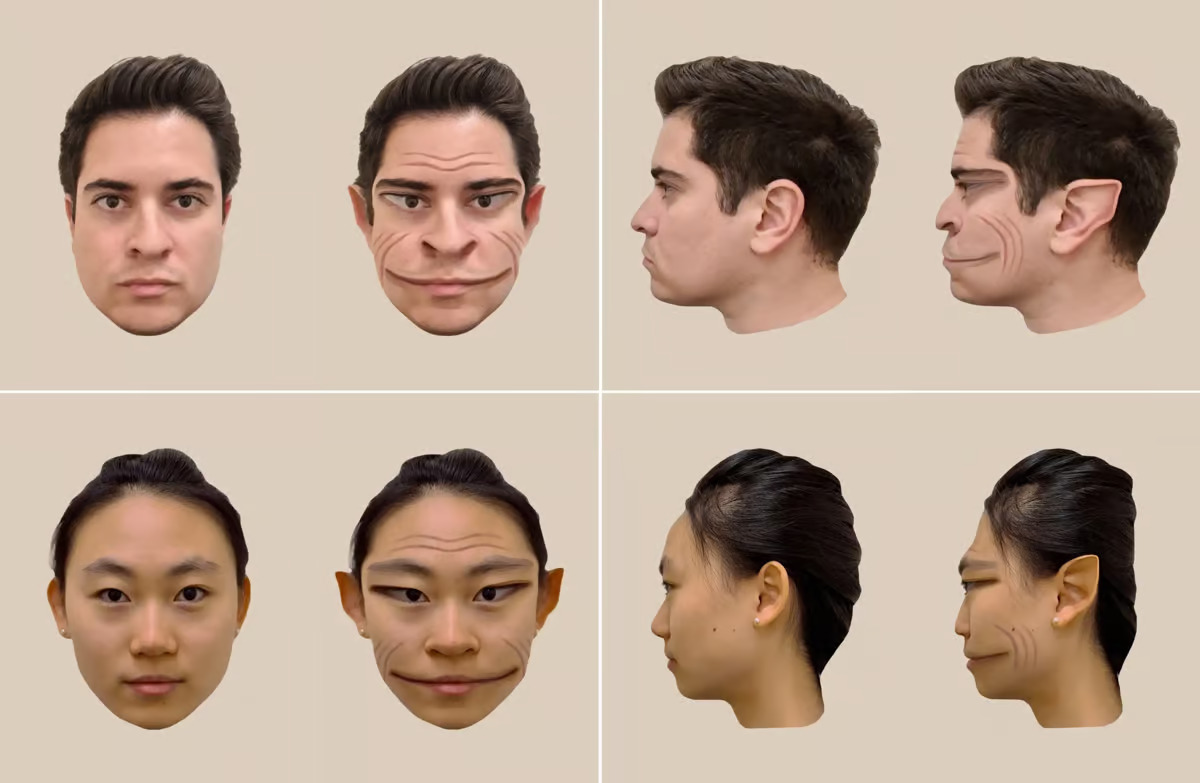
Imagine waking up one morning and finding that the face of everyone you see is demonically distorted, with pointy ears, stretched eyes and a terrifying grin. You might just have a rare neurological condition called prosopometamorphopsia (PMO), and this year a unique case study gave us a glimpse at what those hallucinations look like.
Only about 75 cases have ever been described, and it’s hard to visualize exactly what these patients see, because when you show them a picture they’ll also see that face distorted. But one patient has a strange variation on the condition, where real-world faces appear demonic but those on screens look fine.
So researchers at Dartmouth used this to build a kind of police sketch. The patient described the face of a person sitting in front of him, and the researchers digitally edited photos of them until the patient confirmed that they resembled the distorted face before him.
The results, as you can see above, are super creepy, especially considering the condition can appear overnight and last a lifetime.
Bar flies

In a report from August, scientists got fruit flies drunk. It wasn’t just for laughs though – the team was investigating the neurological differences between social and solo drinking.
The scientists exposed flies to ethanol vapor either in a group or alone, and then studied their behavior and brain activity. Sure enough, intoxicated flies at the party became far more hyperactive and enjoyed larger dopamine spikes in their brains, compared to the lonely flies listening in from the next room over.
The study revealed the mechanism behind why getting on the sauce with friends gives you a pleasant buzz, but drinking alone is just a bit sad.
I want to believe
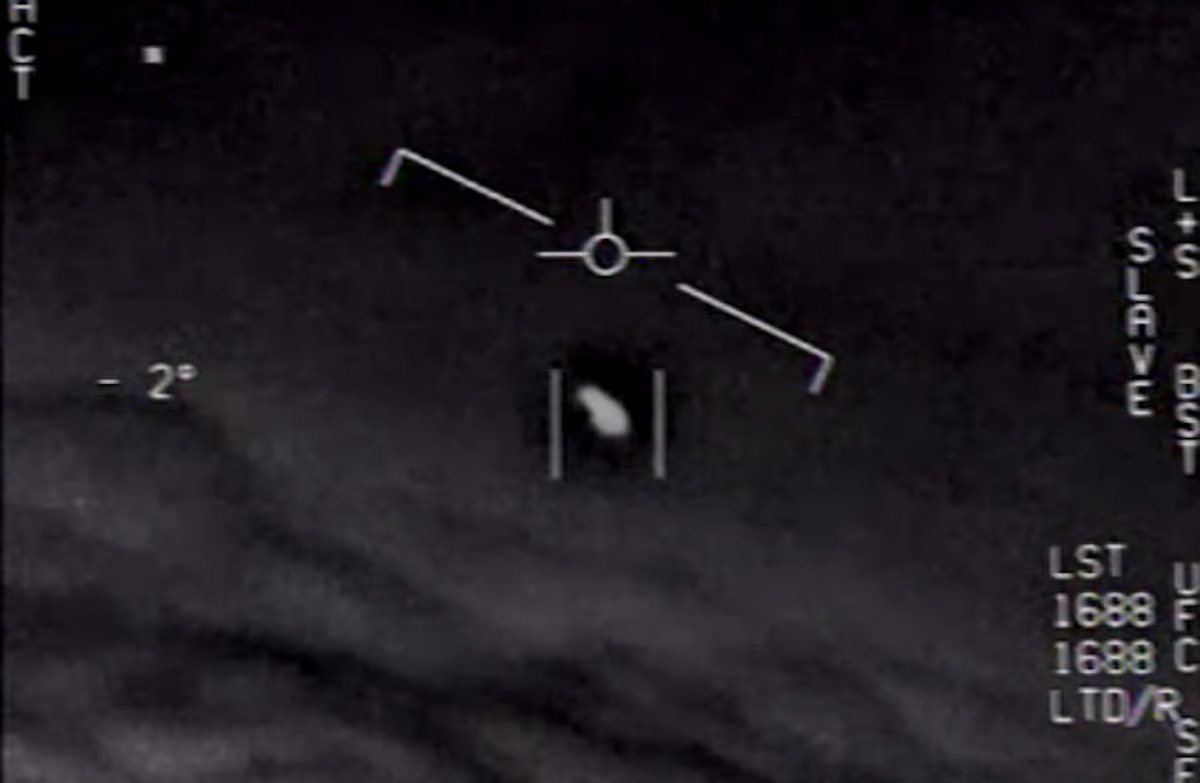
2024 was the year the Scullys of the world took over from the Mulders in studying UFOs – or Unidentified Anomalous Phenomena (UAP), as they’ve been rebranded. The latest annual report from the US Department of Defense outlined 757 new incidents of strange sights in the sky.
While many cases were closed due to being traced to mundane explanations, and most don’t have enough data to reach a conclusion, 21 tantalizing cases remain with “anomalous characteristics and/or behaviors” that warrant further analysis, including a close shave with a commercial airliner.
In another study, scientists at the University of Utah investigated the geography of about 98,000 reported sightings to see where they clustered. Perhaps unsurprisingly, people were more likely to see UAPs in places where they had clearer views of the sky, and were close to places with lots of aircraft.
Don’t get your hopes up for aliens though: the reports say there’s still no evidence. But it’s clear that something is going on anyway.
Loudmouth Billy Bass
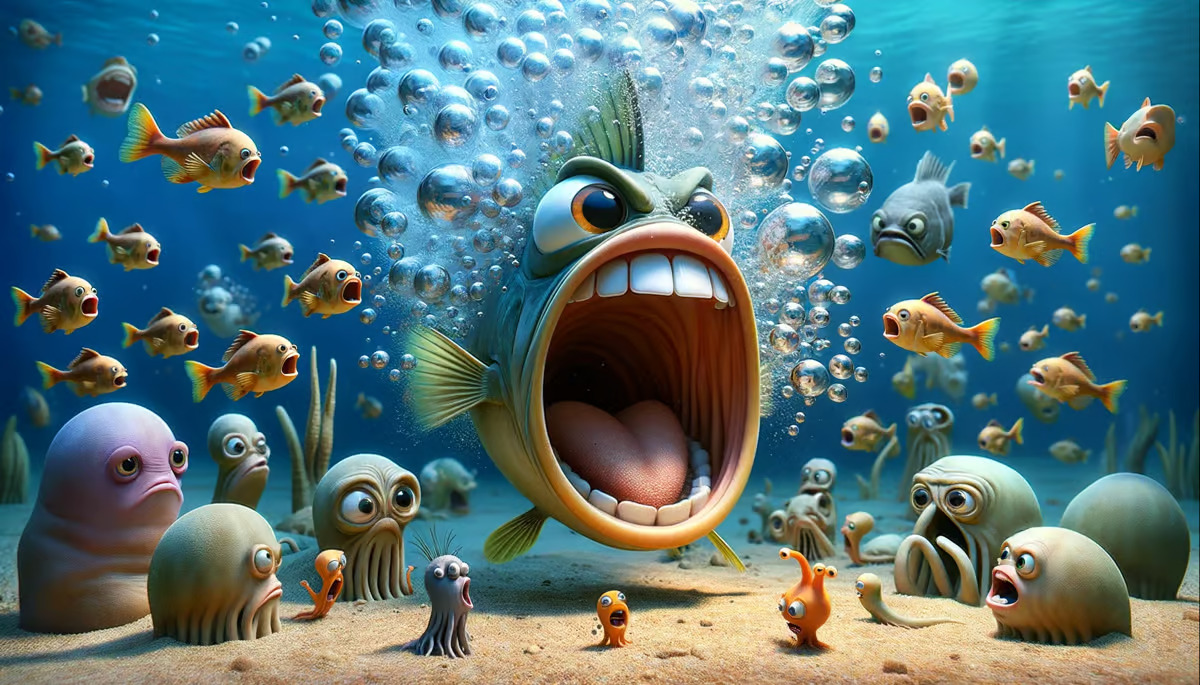
Fish aren’t normally known for being noisy, but you’ve never met this unassuming little minnow. Although it’s only half an inch long, Danionella cerebrum makes itself known with a booming voice of 140 decibels.
In February 2024, scientists figured out that it does so with the help of a sound-producing apparatus unlike any others known in nature. The fish slaps a piece of “drumming cartilage” against its swim bladder with a force of over 2,000 g, using a series of muscle contractions to make different calls.
Why exactly does it need a voice like a jet engine? The team suggests it’s because they live in murky waters, so communication requires the most extreme game of Marco Polo ever.
Giving head
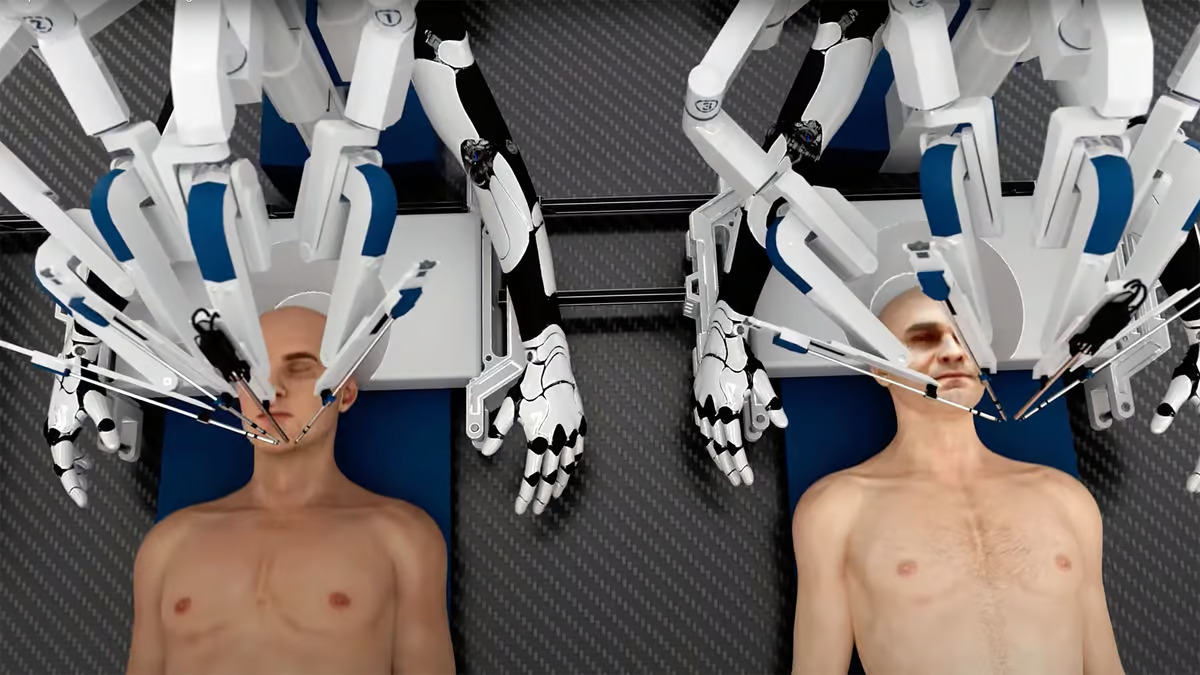
Is your body racked with cancer, or paralyzed from a spinal cord injury? Why not just cut your head off and slap it onto a brand new body? That’s the idea behind BrainBridge, the brainchild of Berlin-based “producer, filmmaker and science communicator” Hashem Al-Ghaili.
That list of titles should be enough to tell you that this is mostly an evocative extrapolation of what might eventually be possible as technology advances. Basically it’s a bit of speculative sci-fi, like a low-budget version of The Matrix.
In Al-Ghaili’s vision, patients whose bodies are a complete write-off can jump in a head transplant machine, where an octopus of robot arms driven by advanced AI will sever the muscles, blood vessels, nerves and spinal cord, and stitch it all back together onto a new donor body.
It sounds nuts, but Al-Ghaili is apparently serious about it: he’s laid out an eight-year roadmap to the first surgery, starting with spinal cord repairs for practice. We’ve got a “told you so” locked and loaded for 2032.
Light itself casts shadow
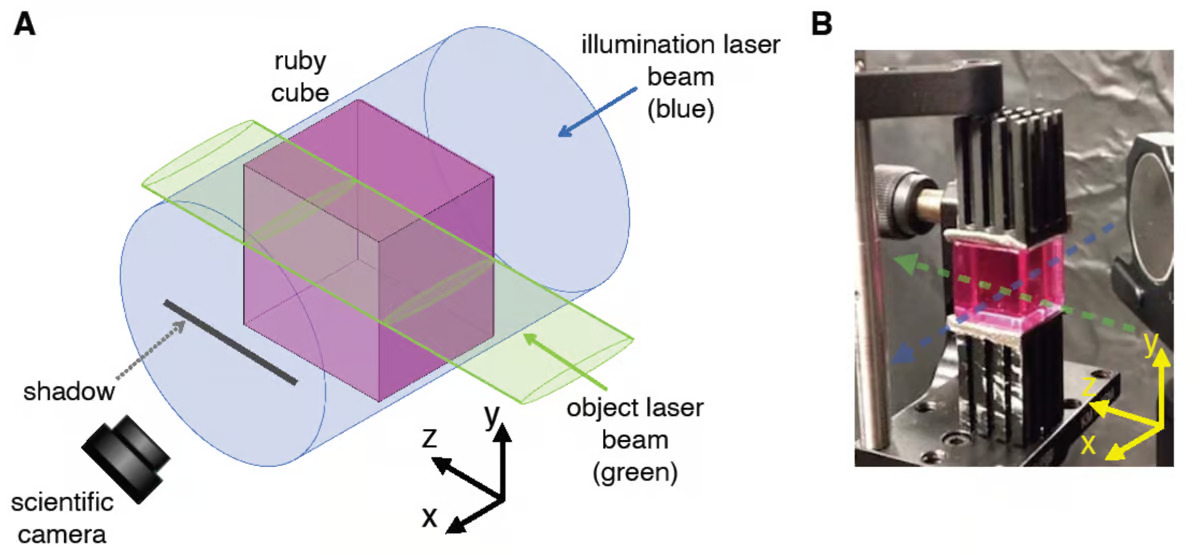
Can light itself cast a shadow? Officially, no – Photons pass right through each other. But the paradox inspired scientists at Brookhaven National Lab to try to design an experiment where it could.
And they did! Kinda. They shone a green “object” laser in one direction and lit it up from the side with a wider blue “illumination” laser beam, and found that yes, they could see the shadow of the green laser on a surface.
But there’s a catch of course. The green laser was passing through a cube of ruby, where it created quasiparticles called polaritons. Technically, those polaritons are casting the shadow, but they’re half made of photons, so maybe it still counts?
Actual applications aren’t clear, but the experiment is a testament to that engineering spirit of finding a way to do what sounds impossible.
Major mergers
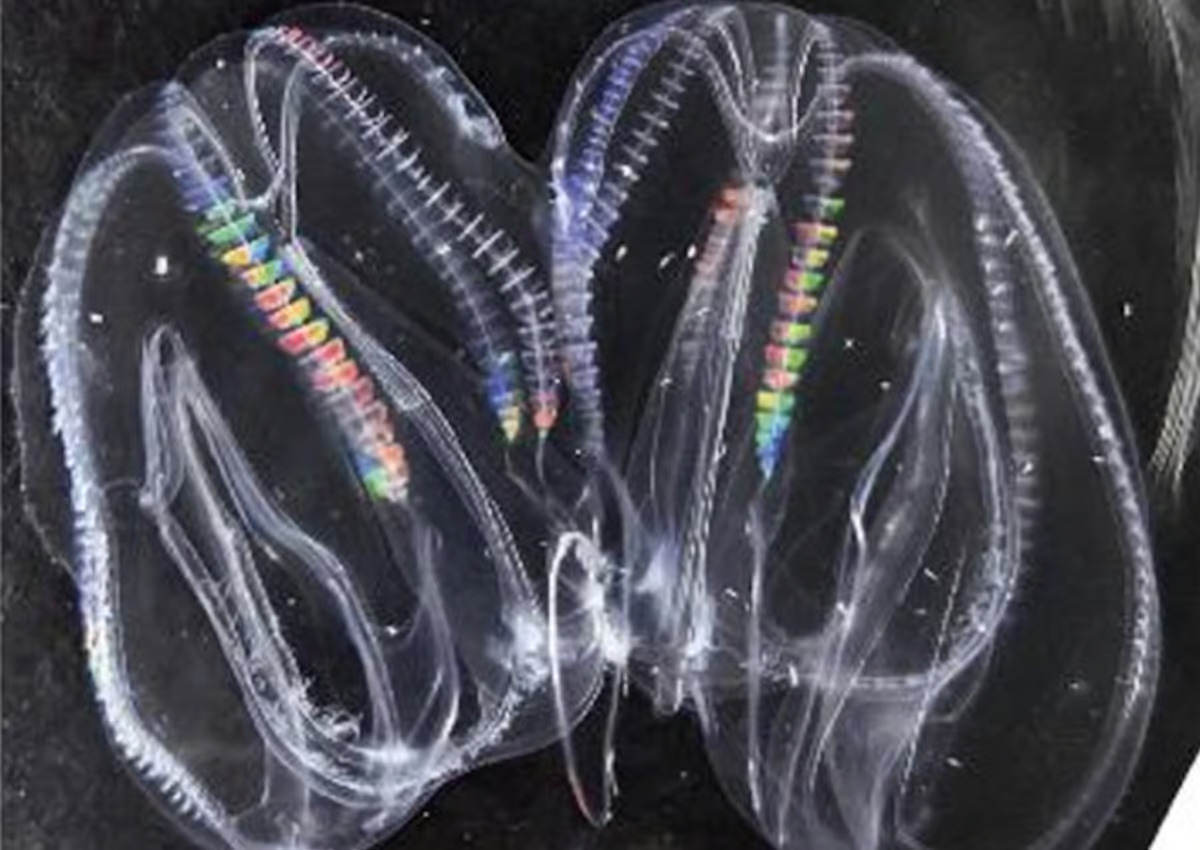
When businesses need a hand, mergers are a common tactic – and this year it was discovered that life does the same thing. Back in April, scientists at Berkeley Lab found that an algae and a bacterium have merged to do something neither of them can alone: grab nitrogen, a key nutrient, from the air around them.
It’s hard to overstate what a massive evolutionary milestone this is. This is only the third time it’s ever happened in the several-billion-year history of life on Earth, and last time it did we got plants.
Okay, it didn’t exactly happen in 2024 – that was just when we noticed it. Apparently the process started about 100 million years ago, which sounds like ages but is relatively recent on the grand scale of things.
In another study published in October, another eerie instance of biological mergers was accidentally discovered. Comb jellies in a tank were found to be able to fuse together to survive after a major injury, sometimes overnight. The combo comb jellies shared their nervous and digestive systems – but kept their own buttholes.
Brains behaving badly

Our brains don’t always do what we want them to, and two studies in 2024 revealed the lengths they’ll go to.
At some point in your life you’ve probably fumbled at the worst possible time. In September scientists identified the neurons you can blame for getting a gutter ball one strike short of a perfect game.
Neurons in the motor cortex were found to misfire when the stakes are highest, causing Rhesus monkeys (and by extension humans) to mess up a well-trained action when the reward jackpots.
Frustratingly, the only advice the scientists have for not choking under pressure is to stay calm and loose, which is easier said than done.
In a separate study, scientists found that our brains aren’t completely awake and asleep when we think they are. Bits of our brain are taking micro-naps throughout the day, and when we’re trying to sleep they jolt awake randomly.
Mouse studies also suggested that these moments of defiance can be seen as physical responses: mice zoned out for a split-second while their brains rebooted, and twitched in their sleep when those regions woke up briefly.
Trees v1

About 390 million years ago, pioneering animals crawling out of the oceans would have been greeted by the first forests – and they would have looked completely alien to us. This year UK paleontologists described strange ‘prototype’ trees from a time before evolution figured out the age-old adage of “Keep It Simple, Stupid.”
Known as Calamophyton, these rough draft trees sported knobbly trunks topped with pom-pom tufts that dropped branches constantly. Those trunks were actually hollow, ringed by a series of mini-trees that each absorbed water from the soil.
Weirdest of all is the self-destructive way these trees grew. As researcher Chris Berry put it, “the tree simultaneously ripped its skeleton apart and collapsed under its own weight while staying alive and growing upwards and outwards … There is no other tree that I know of in the history of the Earth that has ever done anything as complicated as this.”























